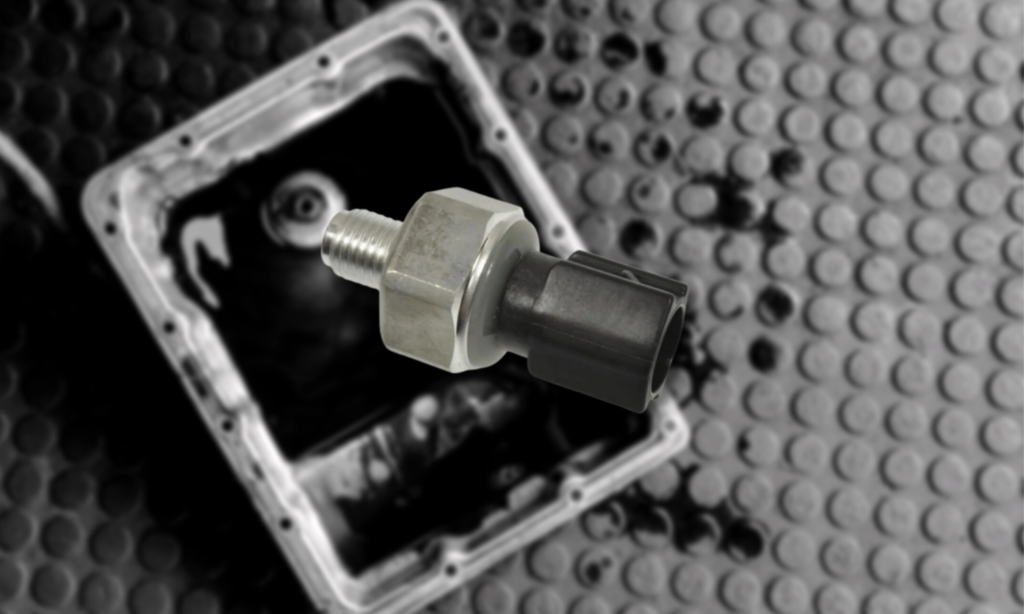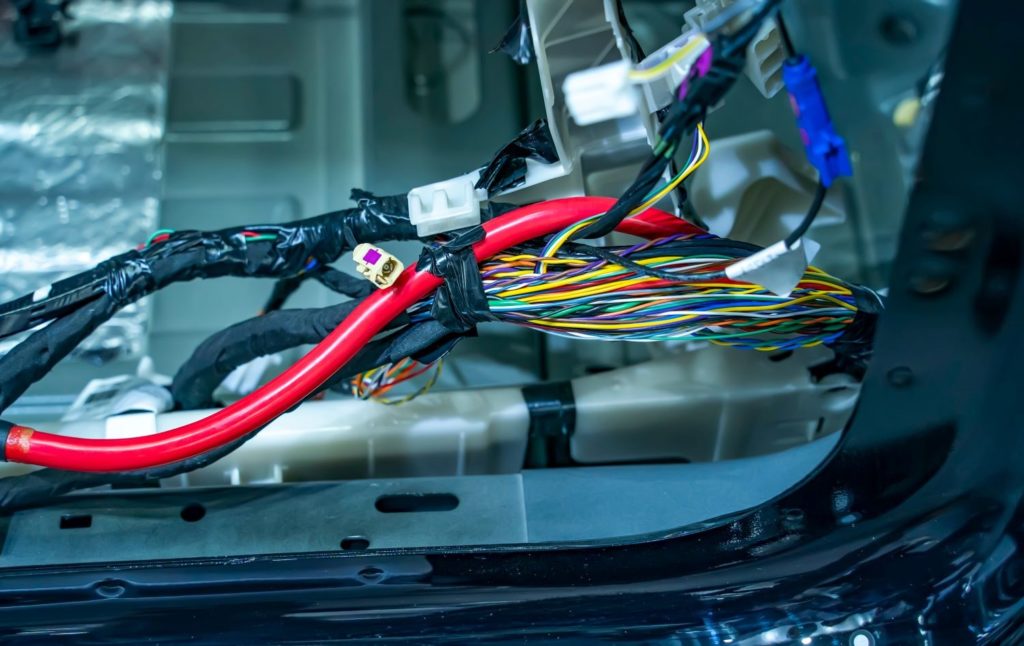Is your scanner tool detecting a P0842 code? This might indicate some problems with your vehicle. P0842 is a diagnostic trouble code (DTC) that requires a certain level of auto repair knowledge and skills to troubleshoot. If you want to repair your vehicle, you’ll first have to learn the definition, causes, symptoms, and common fixes for this code.
What Does the P0842 Code Mean?
A P0842 code is commonly defined as a “Transmission Fluid Pressure Sensor / Switch “A” Circuit Low. This generic transmission code can affect a variety of vehicles with OBD-II, including those made by Chrysler, Ford, Dodge, Hyundai, and Toyota, among others. Various vehicles manufactured in 1996 onwards can be affected by this DTC.

Your vehicle’s powertrain control module (PCM) can store a P0842 code if the transmission fluid pressure sensor’s (TFPS) input doesn’t match the expected value stored in the PCM. In some cases, it can also indicate mechanical issues within the transmission. The location of the “A” circuit varies from vehicle to vehicle. Check your repair manual to find out where it is.
Don’t hesitate to troubleshoot a P0842 code because it can cause serious damage to your vehicle in the long run.

Note: The definition of code P0842 might be different depending on the vehicle manufacturer. Consult the appropriate repair manual or repair database for the exact code definition.
What are the Common Causes of the P0842 Code?
There are numerous potential causes of the issues that trigger a P0842 code. Here are a few of the most frequent causes.
- Failed or shorted TFPS sensor
- Circuit issues, such as damaged wires and poor connections
- Defective PCM

What are the Common Symptoms of the P0842 Code?
Some codes associated with TFPS issues include P0840, P0841, P0843, and P0844. If your PCM is storing more than one DTC, you might notice some symptoms that aren’t listed here. However, if your PCM only has a P0842 stored, you should watch out for one or more of the symptoms listed below.
- Illuminated check engine light
- Transmission doesn’t shift properly
- Vehicle stuck in “limp” mode
How to Diagnose the P0842 Code
The diagnostic procedure can vary depending on the vehicle. You’ll have to be skilled in auto repair to correctly identify the issues triggering this code. If you don’t have any experience troubleshooting DTCs, we suggest consulting a mechanic before attempting a diagnosis. The following video only shows the general diagnostic procedure for a P0842 code.
How to Fix the P0842 Code
There are no shortcuts to troubleshooting DTCs like P0842. You’ll need sufficient auto repair knowledge to find out the underlying causes of this code and come up with the right fix. Luckily, you’ll find plenty of OBD-II resources online to help you figure it out. There might be forum posts and technical service bulletins that address your particular DTC. We recommend getting a Chilton repair manual for reference. ALLDATA’s single-vehicle subscription is also a great resource for beginners.
If you don’t feel confident about tinkering with your vehicle, hire a mechanic to do the repairs for you.
Any information provided on this Website is for informational purposes only and is not intended to replace consultation with a professional mechanic. The accuracy and timeliness of the information may change from the time of publication.















